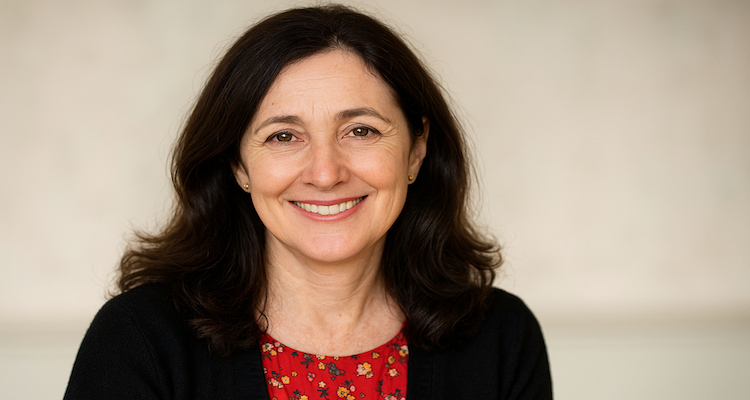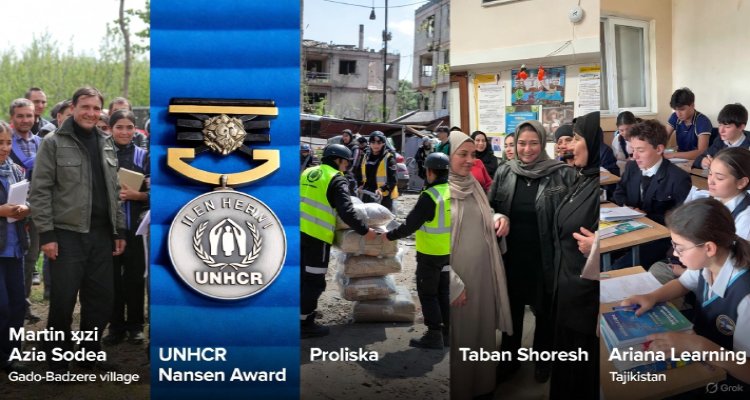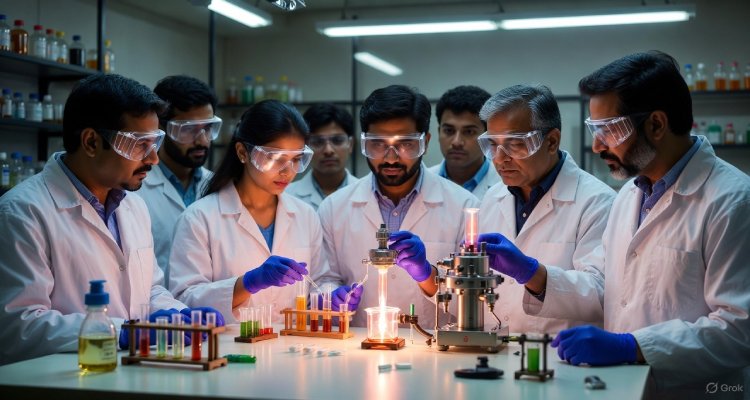India-UN Global Capacity Building Initiative: A Strategic Push for South-South Cooperation and SDG Acceleration
India partners with the UN to launch the Global Capacity Building Initiative, sharing development innovations with the Global South to accelerate Sustainable Development Goals.
Introduction: A Global South Renaissance in Action
In a landmark move underscoring India’s expanding global development footprint, the Government of India and the United Nations have joined hands to launch the India-UN Global Capacity Building Initiative. Officially initiated on August 1 in New Delhi, this collaborative program aims to amplify India’s development success stories across the Global South—supporting countries through skill training, technological solutions, and policy innovations aligned with their national priorities.
Context & Background: From the UNGA to Implementation
The seeds of this initiative were sown during the 78th Session of the United Nations General Assembly in September 2023. Recognizing India’s long-standing commitment to development cooperation, especially through its Indian Technical and Economic Cooperation Programme (ITEC), the Ministry of External Affairs (MEA) began working closely with the UN’s country team in India to identify projects that could bolster South-South partnerships and catalyze progress on the Sustainable Development Goals (SDGs).
Central to this collaboration is the UN India SDG Country Fund, seeded with a generous foundational contribution from the Bill & Melinda Gates Foundation. The fund serves as a conduit to design and implement programs based on each country’s developmental needs.
Main Developments: The First Wave of Projects
The first phase of the initiative will support four carefully selected projects, each designed in collaboration with a relevant UN agency and aligned with the beneficiary country’s specific developmental needs:
- Rice Fortification and Supply Chain Management in Nepal
In collaboration with: World Food Programme (WFP)
Goal: Tackle malnutrition through enhanced food fortification and improved logistics. - Digital Health Platform for Zambia and Lao PDR
In collaboration with: UNDP
Goal: Deploy scalable digital health infrastructure to improve health service delivery. - Census Preparedness in Belize, Barbados, St Kitts & Nevis, Suriname, and Trinidad & Tobago
In collaboration with: UN Population Fund (UNFPA)
Goal: Strengthen national statistical systems and support evidence-based policymaking. - Vocational Training Programme for South Sudan
In collaboration with: UNESCO
Goal: Build skilled human capital through industry-aligned vocational education.
All four initiatives will be implemented through ITEC-accredited institutions, with training programs scheduled to begin in September 2025.
Expert Insight: India as a South-South Thought Leader
Experts see this partnership as an evolution of India’s traditional capacity-building approach, now augmented by global institutional collaboration.
“This initiative represents a strategic blending of India’s domestic successes with international demand for development expertise,” said Dr. Radhika Sen, a global governance analyst. “By leveraging both ITEC’s legacy and the UN’s global network, India is stepping into a leadership role in South-South cooperation.”
The ITEC program itself has supported over 225,000 training slots across 160 countries since its inception, offering more than 400 specialized courses annually. This depth of experience places India in a unique position to share customized solutions globally.
Impact & Implications: What This Means for the Global South
By aligning India’s technical know-how with the UN’s logistical and funding infrastructure, the initiative builds an agile, responsive, and scalable mechanism to support partner nations.
For countries like Zambia or South Sudan, the impact could be transformative—providing tools not only for capacity enhancement but for long-term institutional strengthening. More broadly, it could:
- Accelerate localized progress on SDG goals, particularly in health, education, nutrition, and governance.
- Promote knowledge transfer and peer-to-peer learning, breaking the dependency cycle common in North-South aid models.
- Foster India’s soft power diplomacy, positioning it as a trusted development partner beyond its immediate neighborhood.
The emphasis on demand-driven design ensures that these programs are tailored, sustainable, and likely to generate meaningful outcomes.
Conclusion: A Model for Future Partnerships
The India-UN Global Capacity Building Initiative isn’t just a policy gesture—it’s a blueprint for how nations of the Global South can collaborate to solve shared problems with shared solutions. As the first four projects roll out in 2025, this partnership is set to become a defining force in reshaping global development narratives.
With India’s proven capabilities and the UN’s expansive reach, this initiative is not only a testament to diplomatic innovation but also a reaffirmation of the principle that sustainable development is best achieved through solidarity, inclusivity, and mutual respect.
Disclaimer: This article is for informational purposes only. The author is a trainer for Civil Services aspirants and not affiliated with the MEA or the UN.











